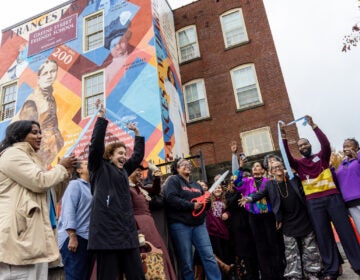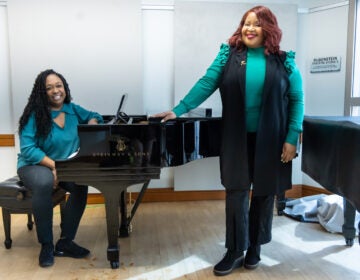Getting to know Frances Harper: Pa. activist for civil rights, women’s suffrage
Before sculpture’s June dedication, Philly is invited to get to know the undersung 19th-century advocate for slavery’s abolition and women’s right to vote.
Listen 1:55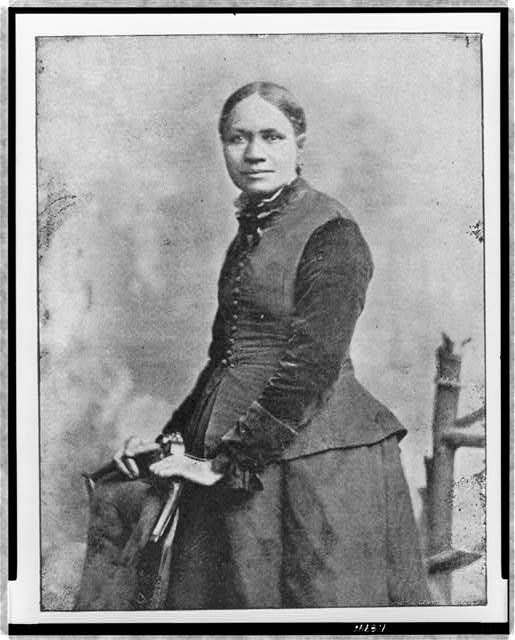
Frances Ellen Watkins Harper was an abolitionist, suffragist, poet, teacher, public speaker, and writer, one of the first African American women to be published in the United States. (Library of Congress)
Philadelphia got a public memorial statue three years ago outside City Hall for an African American figure few people knew about: Octavius Catto. Now, his story is more widely known.
This summer, the figure of another little-known, 19th-century African American will grace Harrisburg. For the next five months, the public is invited to step up and learn about Frances Watkins Harper.
Harper was born in Baltimore in 1825 to free Black parents. She grew up to be the first Black woman to publish a work of fiction and a powerful writer and orator advocating for the rights of African Americans and women.
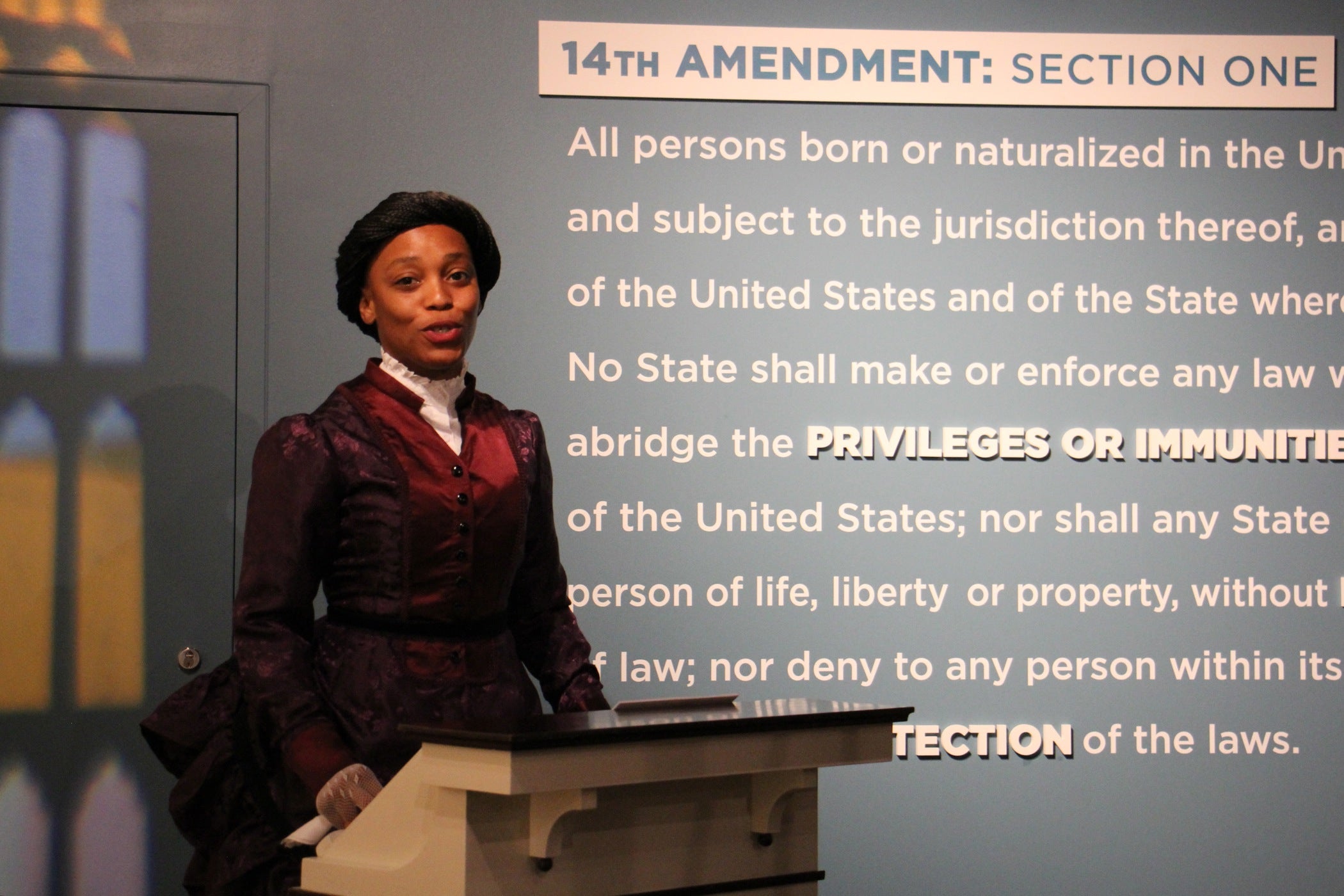
This year is the 150th anniversary of the 15th Amendment giving Black men the right to vote, and the 100th anniversary of the 19th Amendment giving women the right to vote. Harper was deeply involved in both the abolitionist and suffrage movements.
Harper will join William Howard Day, Jacob T. Compton, and T. Morris Chester in a bronze sculpture scheduled to be dedicated June 15 on the Irvis Building lawn at the state Capitol.
All four were prominent civil rights activists in the 19th century, each coming from a different quadrant of Pennsylvania. The monument by Becky Ault will be called “A Gathering at the Crossroads.”
“They come together at the foot of the state Capitol to remind us of an event that happened in 1870, when the 15th Amendment was passed,” said Lenwood Sloan, executive director of the Commonwealth Monument Project. “People poured out in the streets for the reading of the 15th Amendment, and women stood in silent protest because the amendment did not include them.”
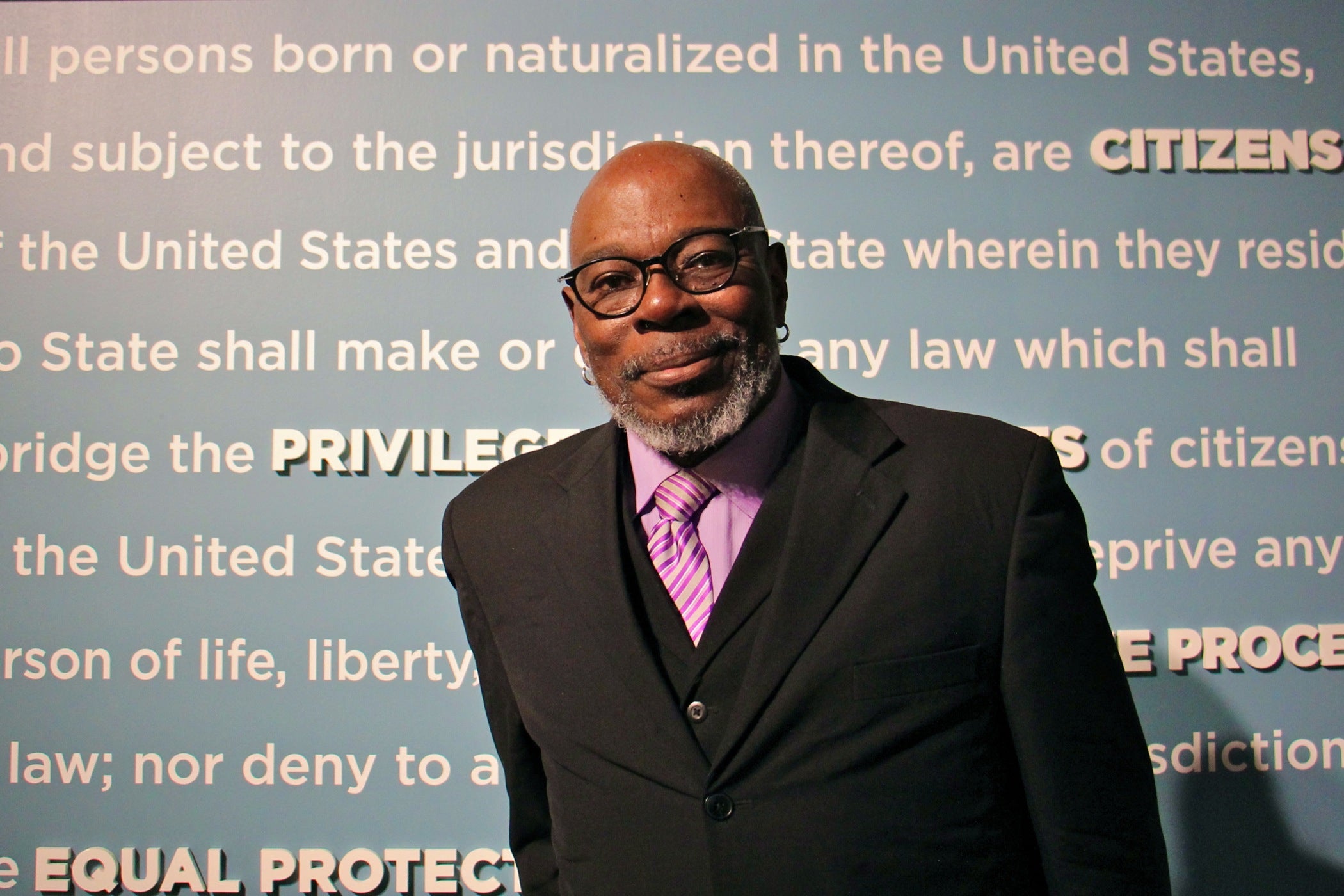
In the buildup to the monument’s dedication, for the next five months, each part of the state is hosting events to introduce and celebrate its representative figure. In Philadelphia, six events are planned as part of the Frances Project.
“A lot of people have never heard of her,” said Kalela Williams, facilitator of the Frances Project. “It’s important to elevate her in our public consciousness.”
Curator Nathaniel Popkin said Harper was the best-read Black poet of her time. She was also known for fiery speeches “that identified with incredible exactitude what was at stake for both Black people and for women, and for American democracy,” he said.
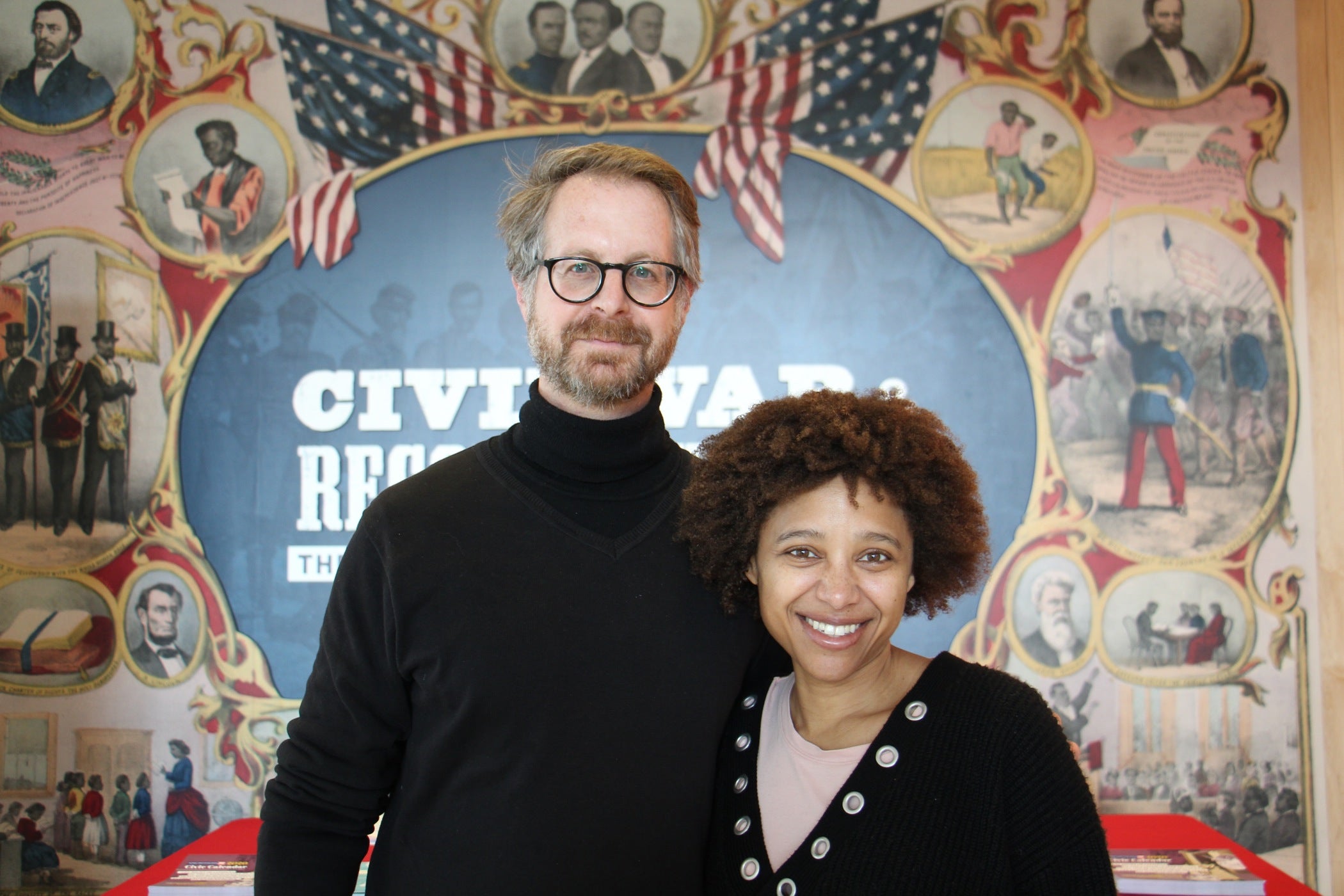
While Harper pushed against the oppressive forces of her day for equality and suffrage, she was also pushing against forces inside those movements. As a woman, she was ostracized in the abolitionist movement, and as an African American, she was ostracized in the suffrage movement.
Frederick Douglass himself tried to push Harper out of the American Anti-Slavery Society, according to Sloan. “He tried to convince her to step down to let a man have her seat,” he said.
On the other hand, Harper came into conflict with some white women in the suffrage movement, who would not support the 15th Amendment unless it included them.
“She came out very strongly to say: What’s most important here, right now in this moment, post-Civil War, is that Black men be given full civil rights,” said Popkin.
Harper wasn’t afraid to tussle. In a 1866 speech at the National Women’s Rights Convention, she scolded the room: “I tell you that if there is any class of people who need to be lifted out of their airy nothings and selfishness, it is the white women of America.”
Many Black women opted not to involve themselves with the predominately white suffrage movement, rather working for equality through their own church and school groups. But Harper stuck it out, sometimes as the only Black woman in the room.
Events this week at the African American Museum of Philadelphia, as well as future events leading up to and beyond the dedication of the memorial, will highlight the activist foundation Harper created and ways to build on it.
“She had a way of understanding what’s at stake when we don’t stand for something, when we don’t believe in something,” said Williams. “It’s not done. There’s some undoing that’s happening. It’s a matter of continuing her work.”
WHYY is your source for fact-based, in-depth journalism and information. As a nonprofit organization, we rely on financial support from readers like you. Please give today.


